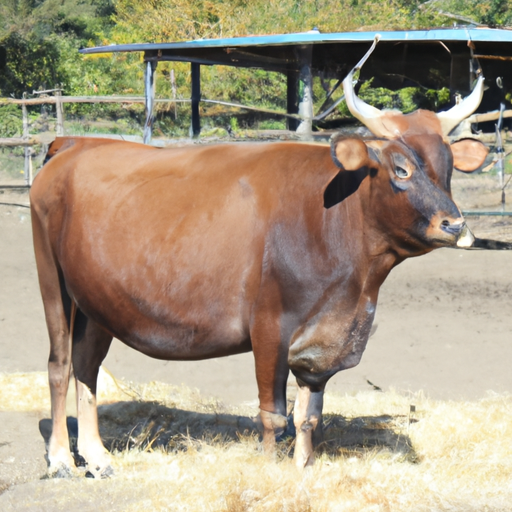 Introduction:
Introduction:
The animal kingdom is home to an astonishing array of dietary preferences, with some species relying solely on plant matter for sustenance. These animals, known as herbivores, play a vital role in maintaining ecosystems, as they contribute to the balance of nature by controlling plant populations and facilitating nutrient cycling. In this article, we embark on a comprehensive journey to explore the diverse and fascinating world of herbivorous creatures, examining their adaptations, feeding strategies, and habitats. Get ready for an in-depth exploration of the animal kingdom’s herbivorous inhabitants.
1. Mammals:
1.1. Proboscidea (Elephants):
Elephants, the largest land mammals, are herbivores with an appetite for vegetation. They primarily consume grasses, leaves, fruits, and bark. These gentle giants possess specialized teeth and a long trunk to gather and break down plant matter efficiently.
1.2. Perissodactyla (Horses, Zebras, and Rhinos):
Horses, zebras, and rhinoceroses are herbivorous mammals that mainly graze on grasses. Their unique digestive system, featuring a large cecum, helps break down cellulose, a component of plant cell walls.
1.3. Artiodactyla (Cattle, Deer, and Giraffes):
Artiodactyls encompass a wide range of herbivorous mammals. Cattle, such as cows, buffaloes, and bison, are ruminants that possess a four-chambered stomach allowing for the efficient digestion of fibrous plant material. Deer and giraffes, on the other hand, are non-ruminant herbivores that rely on fermentation in their multi-chambered stomachs to extract nutrients from plants.
1.4. Primates (Gorillas and Orangutans):
Gorillas and orangutans are herbivorous primates, known for their largely vegetarian diet. Gorillas mainly consume leaves, shoots, stems, and fruits, while orangutans primarily feed on fruits, leaves, and flowers. Their dental adaptations, such as large molars and strong jaws, aid in the breakdown of tough plant matter.
2. Birds:
2.1. Passerines (Finches, Sparrows, and Canaries):
Many passerine birds, including finches, sparrows, and canaries, are herbivores. They primarily feed on seeds, berries, fruits, and nectar, contributing to plant pollination and seed dispersal.
2.2. Galliformes (Chickens, Turkeys, and Pheasants):
Galliformes, a diverse order of birds, include many herbivorous species. Chickens, turkeys, and pheasants mainly consume grains, seeds, fruits, and foliage.
2.3. Psittaciformes (Parrots):
Parrots, renowned for their vibrant plumage and intelligence, are herbivorous birds. They have a varied diet consisting of fruits, nuts, seeds, and vegetation. Some parrot species also exhibit a fondness for flowers and buds.
3. Reptiles:
3.1. Testudines (Turtles and Tortoises):
Turtles and tortoises are herbivorous reptiles that consume various plant matter, such as grasses, leaves, fruits, and flowers. Their beak-like mouths and strong jaws aid in tearing and slicing vegetation.
3.2. Iguanidae (Iguanas):
Iguanas, primarily found in tropical regions, are herbivorous reptiles. They feed on leaves, flowers, fruits, and even bark. Their specialized teeth and powerful jaws allow them to efficiently process plant material.
4. Fish:
4.1. Cypriniformes (Goldfish and Koi):
Goldfish and koi, popular ornamental fish, are herbivorous. They consume aquatic plants, algae, and occasionally small invertebrates. Their digestive system is adapted to extract nutrients from plant-based diets.
4.2. Cichlidae (African Cichlids):
Many species of African cichlids are herbivorous, feeding on algae, plants, and detritus. They play a crucial role in controlling algae growth within their aquatic habitats.
Conclusion:
Herbivores form an essential component of the animal kingdom, playing diverse roles in ecosystems worldwide. From the majestic elephants to the colorful parrots, the animal world showcases an incredible array of herbivorous species. Their adaptation, feeding strategies, and habitats demonstrate the intricate interplay between herbivores and the plant kingdom. By understanding and appreciating these remarkable animals, we can better comprehend the delicate balance that sustains life on our planet.
